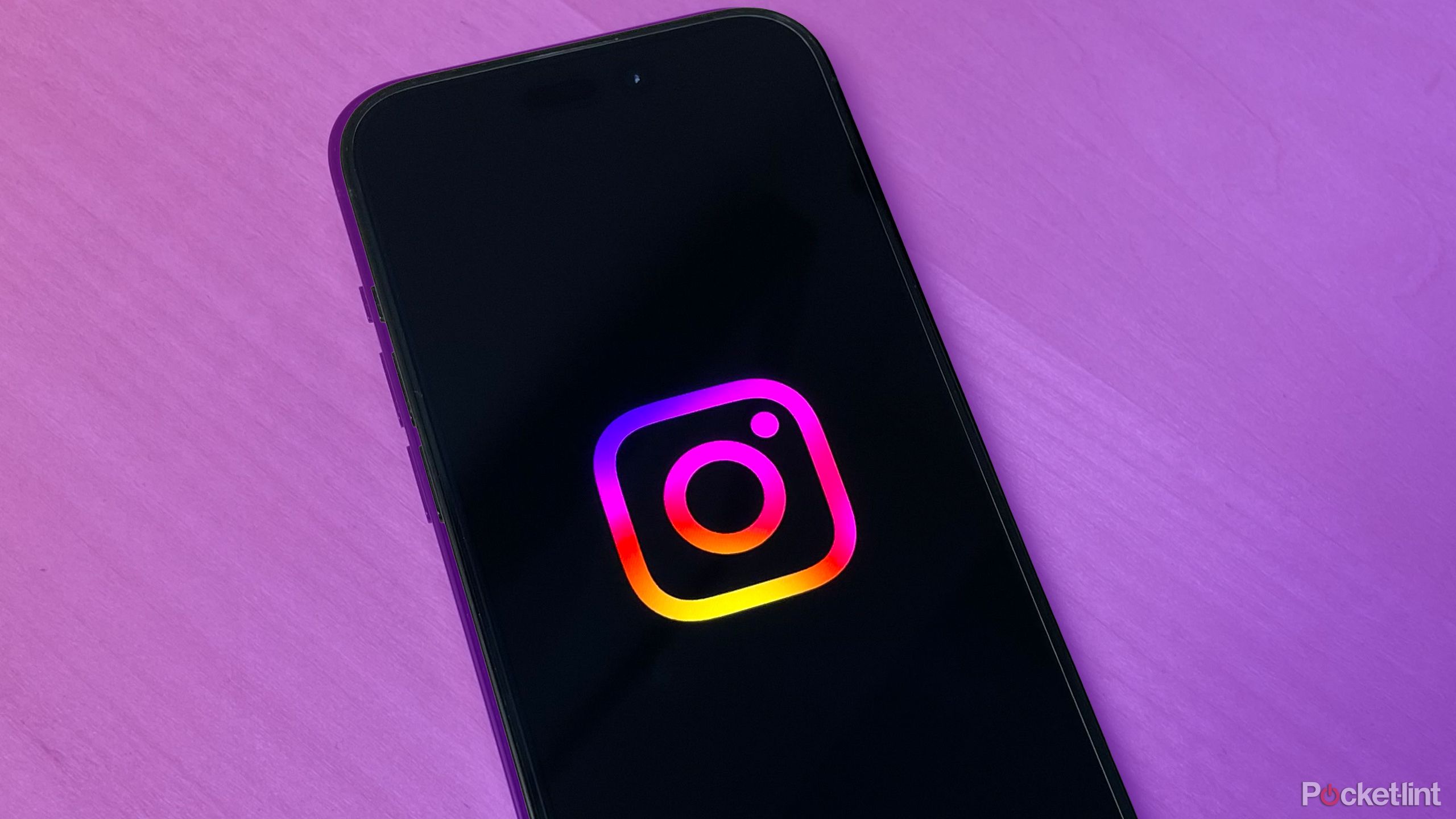What is a liquid lens camera? The technology explained

Xiaomi announced a first when launching its Mi Mix Fold foldable phone at the end of March – it’ll debut liquid lens camera tech in a smartphone.
This beats Huawei to the punch, which has also previously been tipped to be including liquid lens technology in one of its future devices.
But, what is liquid lens camera tech and what benefits can it have to phone photography?
What is liquid lens camera technology?
Liquid lens is a relatively new camera technology (for smartphones, anyway) that replaces an existing, static optical glass lens. It incorporates optical grade liquid in the middle of a cell structure and works more like the lens of an eye.

It allows the lens itself to move and change shape, either mechanically or electronically, benefitting both focusing speed and the focal length that can be achieved.
Altering its shape enables the same lens to function as two (or more) different types of a traditional lens – such as telephoto for zooming into shots at a distance, and macro for focusing on objects close to the camera. For phones, this means you can use just one lens to perform multiple functions and therefore reduce the number of sensors needed inside the handset. It’s something Xiaomi has highlighted with its Mi Mix Fold phone.
The innovative Liquid Lens technology works like a human eye. It’s smaller and can focus faster + more accurately, with both telephoto and macro shooting capabilities. #MiMIXFOLD #XiaomiMegaLaunch pic.twitter.com/cs9QtjKhJZ
— Xiaomi (@Xiaomi) March 30, 2021
Another benefit to liquid lens technology is that, because the camera lens unit contains fluid, optical image stabilisation can be improved. The lens floats so is less impacted by camera shakes.
Liquid lens cameras are traditionally used in industrial situations, where mechanical lenses are not practical or sustrainable. As they works well in smaller sizes, their use in phones has been expected for a while.
Which companies offer liquid lens technology in phones?
At present, only Xiaomi has announced a phone with a liquid lens camera. One of the three lenses on the Xiaomi Mi Mix Fold foldable phone will double for telephoto and macro photography thanks to liquid lens tech.

Huawei was actually thought to be the first to adopt the technology, thanks to a patent published in May 2020. However, it is yet to appear in a consumer handset. Maybe the forthcoming Huawei P50 could be its first.
We suspect, if successful, Xiaomi and Huawei will be joined by many other phone manufacturers in adopting liquid lens technologies for their future devices.




